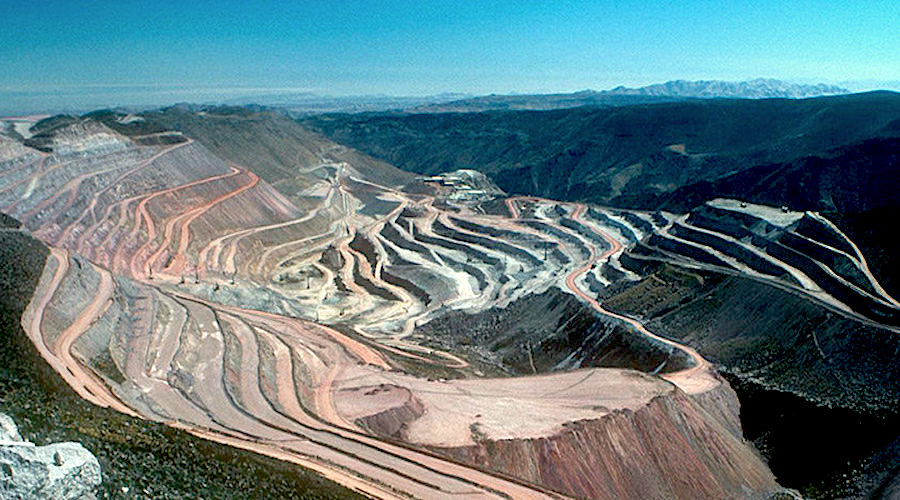State of emergency in Peru as protests hit copper output

Unrest spread later to MMG’s giant Las Bambas mine, Peru’s fourth-largest copper mine and the world’s ninth-largest, which has been shut and reopened at least twice this year. The latest suspension was announced this week after residents of the nearby Fuerabamba community entered the mine and set up camp inside of it.
Glencore’s (LON: GLEN) Antapaccay, Peru’s sixth largest copper mine, has also been the target of demonstrators this week, according to local media.
Peru, the world’s second largest producer after Chile, is also a significant silver and zinc supplier. Around 80% of copper production, the country’s main export, came last year from Antamina (20%), Southern Copper (17.3%), Cerro Verde (18.2%), Las Bambas (12.6%) and Chinalco (10.3%).
The mines affected by this week’s protest produced almost 500,000 of copper combined in 2021, with Las Bambas churning out 300,000 tonnes of copper Cuajone another 170,000 tonnes.
RELATED: Resource nationalism sweeps Latin America’s top mining countries
Community conflicts with mining companies are nothing new in Peru, and some of the current unrest is more about protecting water supplies than securing a bigger share of the revenue miners obtain.
Demonstrations in recent months have also targeted Hudbay Mineral’s (TSX, NYSE: HBM) Constancia and Antamina, Peru’s largest copper mine, which is co-owned by Glencore and BHP (ASX: BHP).
Having more than one major copper mine down at any one time is unusual, experts say, but can be explained by the fact that current mining protests are embedded in more generalized unrest over living costs that has inflamed an already tense political climate under President Pedro Castillo.
Since the former rural activist from a Marxist party took office, the number of social conflicts is up about 7%, official data proves. The worsening situation has deepened global concerns around a looming deficit of copper.
According to estimates from CRU Group, the copper industry needs to spend more than $100 billion to close what could be an annual shortage of 4.7 million tonnes by 2030.
(With files from Bloomberg, Reuters)




